HTC One S Review - International and T-Mobile
by Brian Klug on July 17, 2012 9:30 AM ESTBoth the HTC One S and One X ship with the combination of both Android 4.0.3 and HTC’s Sense 4. I’ve talked in the HTC One X AT&T review about how I feel about Sense 4, and think it strikes a pretty good balance between feeling ICS-ey, and the customizations added by HTC which are HTC Sense. The issue with previous versions was always that there was just too much custom stuff everywhere - Sense 4 scales that back, but it’s still ultimately a skin.
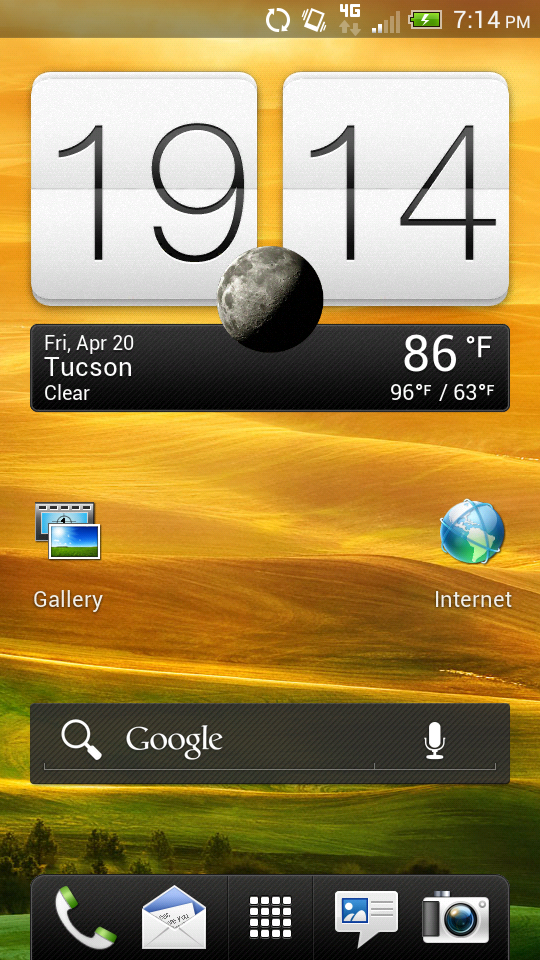

The places that see the most Sense 4 customization are the homescreens (obviously), lock screen, settings pages, launcher, browser, and task switcher. Adding quick shortcuts to the lock screen (in addition to a few other optional modes) is handy, and these shortcuts get inherited from the bottom row of application shortcuts on the home screen.
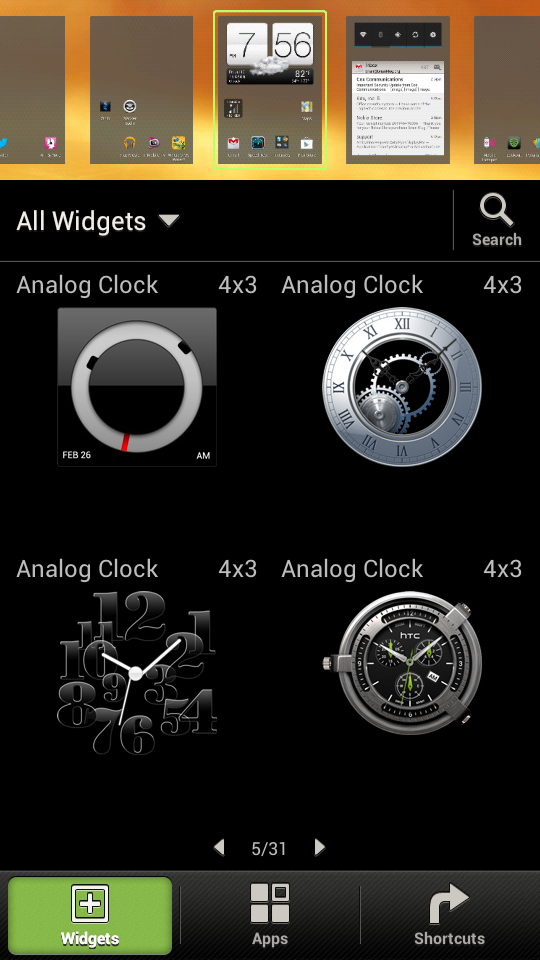
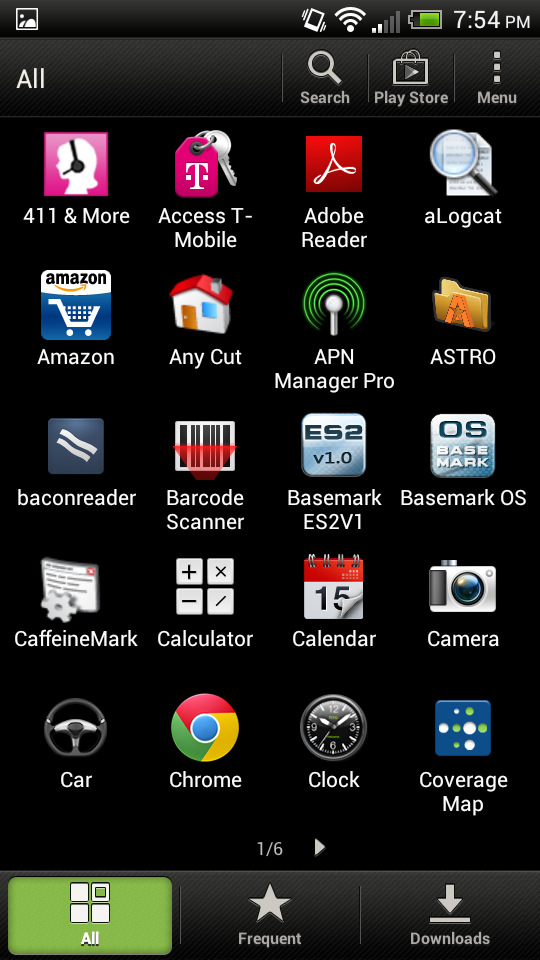
The home screen is an obvious evolution of previous Sense launchers, and includes a 3D cube effect upon rotation, a number of custom widgets in addition to the stock widgets, and the ability to rearrange pages. The launcher is paginated and scrolls left or right.

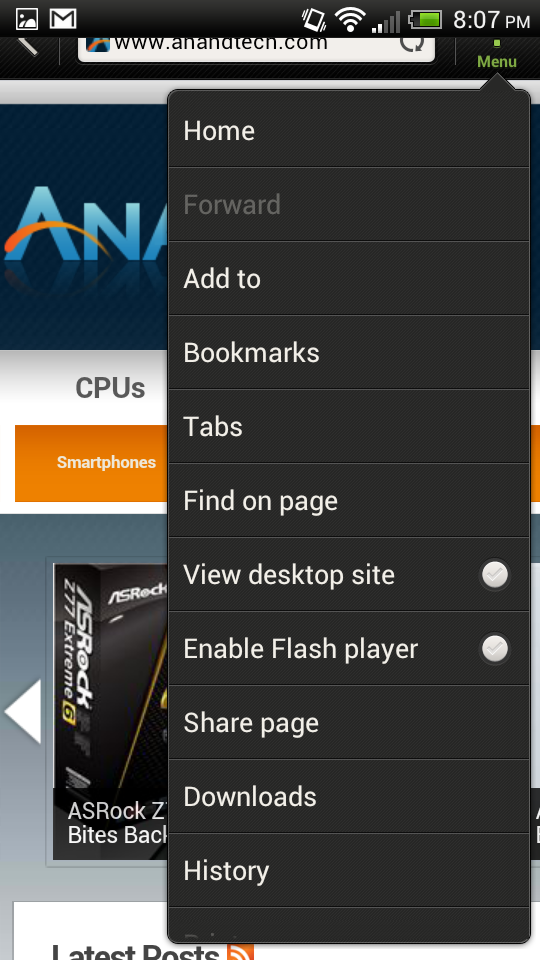
I also like HTC’s keyboard this time around. It strikes a nice balance between still feeling like the stock keyboard and adding a different look and feel which matches the rest of Sense 4.
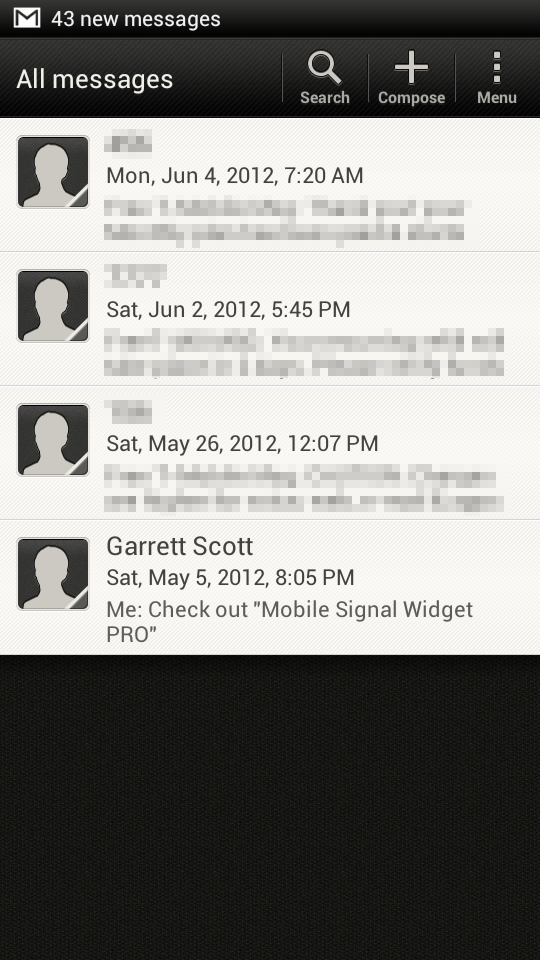
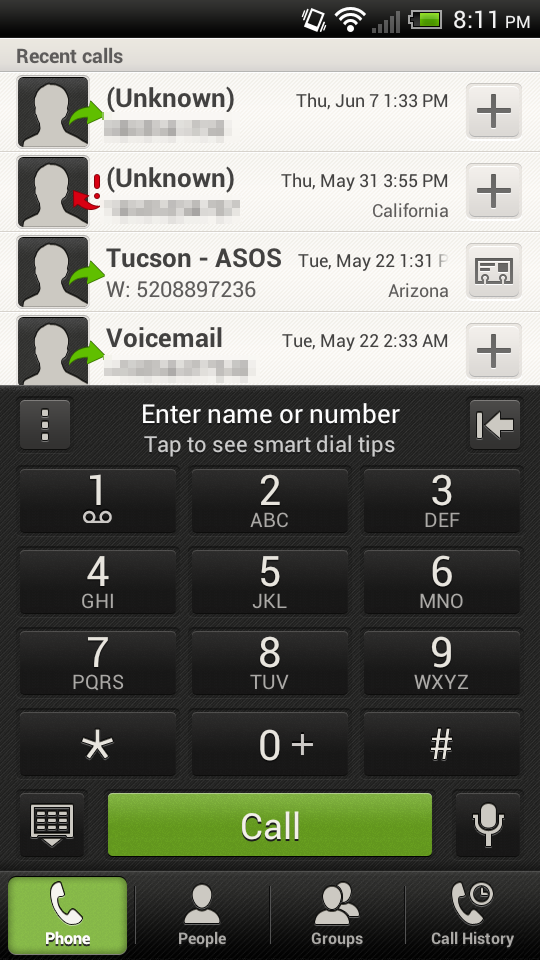
Probably the most controversial thing is the task switcher, which deviates a lot from the stock ICS switcher by including a 3D perspective preview. Apps can then be dismissed by swiping them up, just like WebOS cards. The current controversy is that HTC’s task scheduler seems a bit aggressive about closing background tasks that aren’t present in the notifications shade. I have seen it kill some things a bit quickly (I had speedtest running in the background get killed a few times, but not Google Music, which would be infuriating) but nothing that’s been experience-killing.
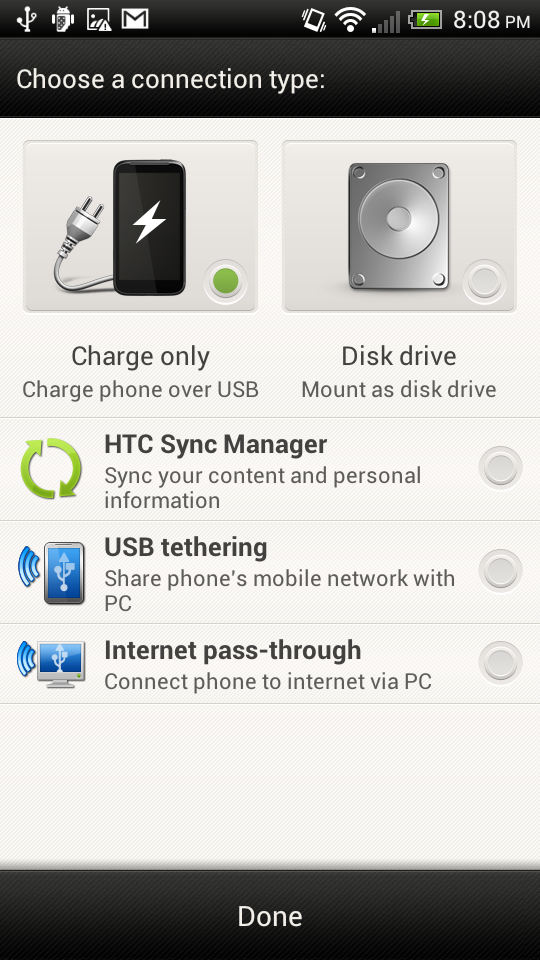

Lastly I think it’s worth noting that HTC has gone with the traditional mass USB storage (disk drive) behavior instead of MTP. This is the same across the HTC Ones, with the exception of the EVO 4G LTE (which I’ll talk about in that review). I find it interesting that everyone seems to have gone this way instead of using MTP which Google clearly is pushing.
Filesystem Size Used Free Blksize/dev 342M 136K 342M 4096/system 1007M 875M 132M 4096/data 2G 170M 2G 4096/cache 251M 4M 247M 4096/devlog 19M 14M 5M 4096/mnt/asec 342M 0K 342M 4096/mnt/obb 342M 0K 342M 4096/firmware_radio 199M 33M 166M 4096/firmware_q6 199M 5M 193M 4096/firmware_wcnss 4M 1M 3M 2048/data/secure/data 342M 0K 342M 4096/mnt/sdcard 9G 194M 9G 32768
If you look at df you’ll see that the 16 GB of NAND ends up being exposed as a 9GB / 2GB split for the internal sdcard partition and data (apps) respectively. The rest of that 5GB is absorbed into other housekeeping. Again, the HTC One S has no expandable microSD storage.










97 Comments
View All Comments
ltcommanderdata - Tuesday, July 17, 2012 - link
To go with the smallest screen size for a modern smartphone, the iPhone 4S also has the smallest battery as shown on the first chart on page 2. It'd be interesting o find out how display power consumption scales with screen size to see if they are scaling battery size fast enough to fully compensate, but big phones with big screens do tend to have big batteries so big screens shouldn't automatically mean bad battery life.Penti - Tuesday, July 17, 2012 - link
4S doesn't have HSPA+ baseband only 14.0 Cat 10 HSDPA. I.e. 14Mbit "4G-branding". In short small batteries, large screens, fast processors and gpus and power hungry baseband is what drains these devices. You need a significant larger battery to have a better battery life here. For most devices that isn't a priority. For example the iPad 3 gen has a larger battery then MBAir 11.amdwilliam1985 - Tuesday, July 17, 2012 - link
Please explain the 4G part to a friend of mine.She claims her 4G iPhone 4s with iOS 5.1.1 on AT&T network can't go through a day with moderate usage.
Penti - Tuesday, July 17, 2012 - link
What, it's just a 3G WCDMA baseband, no other radio or tech it shouldn't draw more power just because the icon says 4G in this 3.75G device. No smartphone survives more then a day with moderate usage, calls and what not. An 4s is spec'd at 8 hours talk time and 6 hours of internet use over 3G respectively. Play a game and the device is pretty much dead half day. Using apps that pull data over the wireless cellular network, talk for a few hours and play a game for 15 minutes and it should be pretty drained. If there is nothing wrong with the device then it is the usage that has to change to accommodate more battery life. If you need to talk for hours a day and be connected to chat, surf the web, use apps that leverage the internet and all that over the network you would need some solution to charge the phone over the day not matter what device you run.Why some people whine about early LTE phones is because they had bad dual baseband chips and about half the talk time. Pretty bad battery life surfing on LTE etc.
Spoelie - Tuesday, July 17, 2012 - link
I'm wondering if the battery tests have ever been redone following iOS updates. In my experience, the battery life gets progressively worse with every new update. In this case, doing the tests once on release day and reusing the numbers for months on end may not be the best approach.Anand Lal Shimpi - Tuesday, July 17, 2012 - link
I'll take the blame for this one. Notice the revamp of our tablet and OS X battery life tests? The smartphone web browsing test is in need of an update there as well. iOS has gotten a little too "good" at what we're doing there, at least in the web browsing test. The call and tethering tests are still great cross-platform indications of battery life.rd_nest - Tuesday, July 17, 2012 - link
I think we should also look at multimedia playback times. Run high profile video files to check battery rundown time. It's an important parameter as far mobile usage is concerned.The SGS3 (International) is getting pretty good numbers compared to US SGS3 models.
yvizel - Tuesday, July 17, 2012 - link
Saying 3.5'' vs. 4.3'' is not an accurate argument.If you come to think of it, the iphone is a smaller device, therefore packs a smaller battery (as you can see in the Battery Capacity chart).
Also, I would rather have a "slower" processor and more battery juice than have an octa-core @ 4GHz on a smartphone with 1 hour of usage!
Not all of us use smartphone for gaming or whatever. I guess that the more common usage is web, email, GPS and other basic stuff. So again, no need for zillion cores on a smartphone.
Oh, and great review! looks like a great device!
Connoisseur - Tuesday, July 17, 2012 - link
My point is that it's extremely difficult to compare phones of different size, resolution, screen type, OS and capacity. Even if you remove the OS out of the mix (so you can compare OS "efficiency"), the only comparison you can really make between two different devices is hours/battery capacity efficiency.At least when comparing laptops, you have some basis for comparison (comparable hardware or form factor for example).
amdwilliam1985 - Tuesday, July 17, 2012 - link
We can do the following 2 tests.1) Hack and put iOS on an Android device and run the same test against iPhone 4s.
2) Hack both device and put a custom OS on both and run the test.
This way we can see if it's software or hardware that's affecting the battery life.